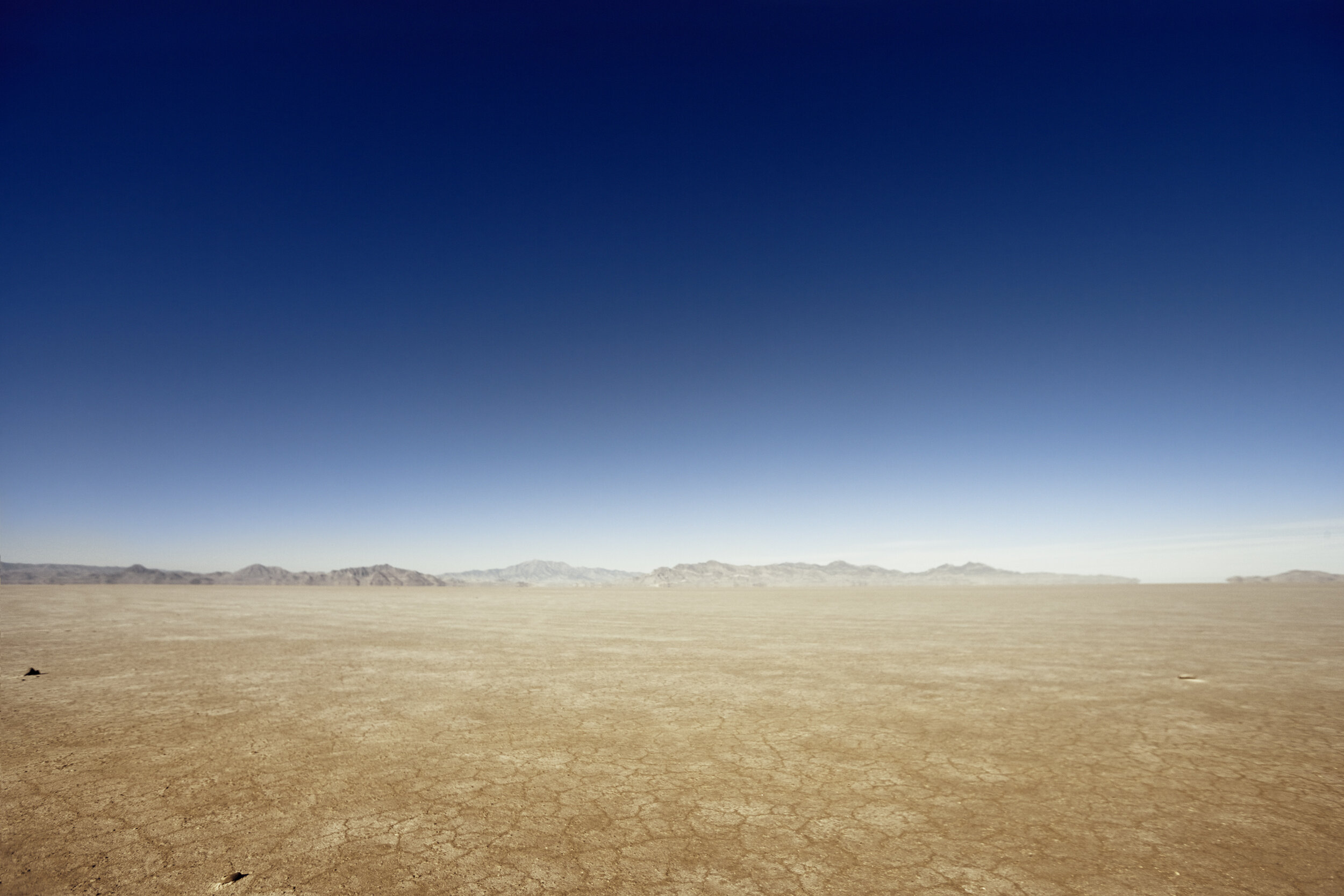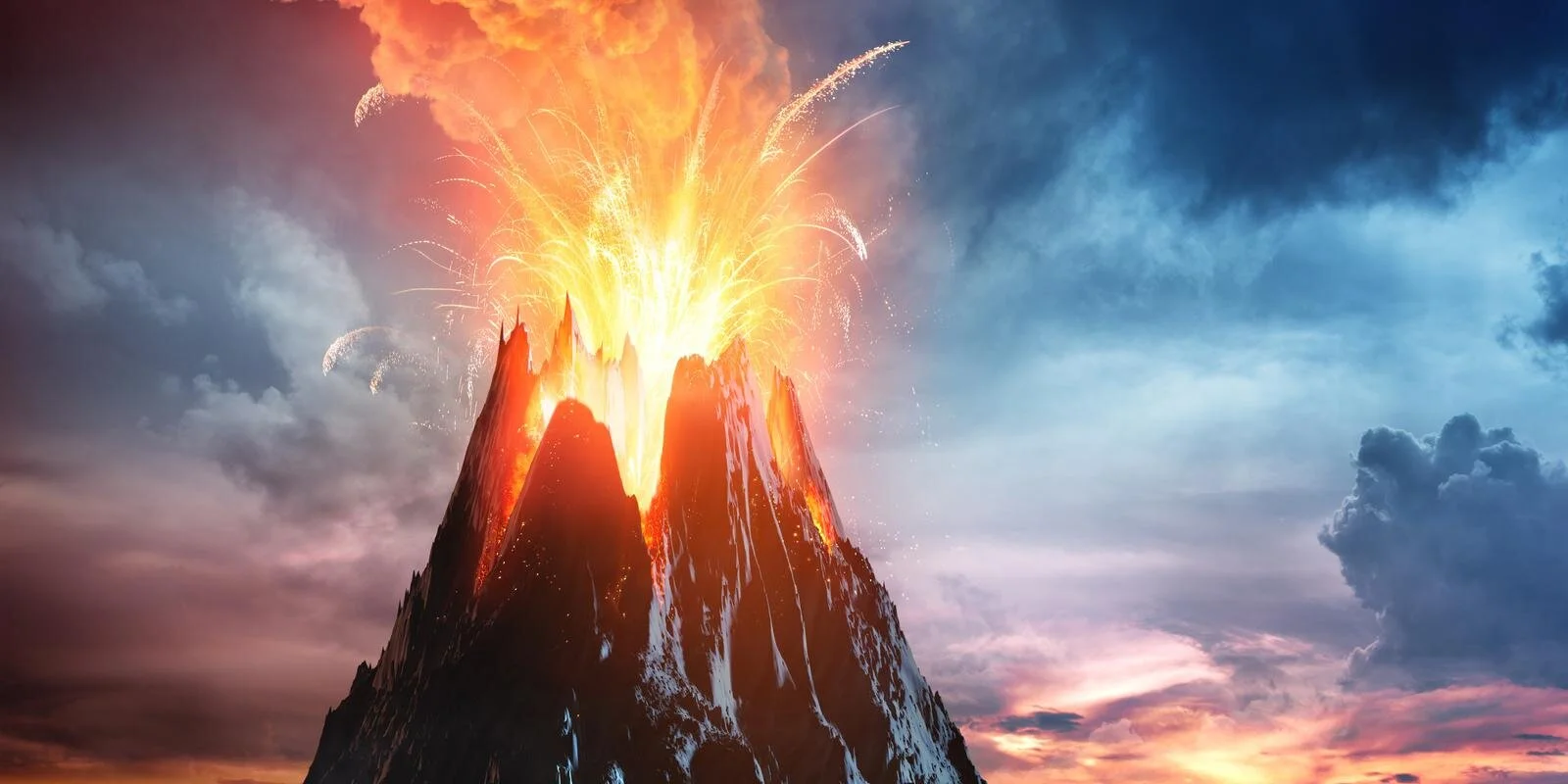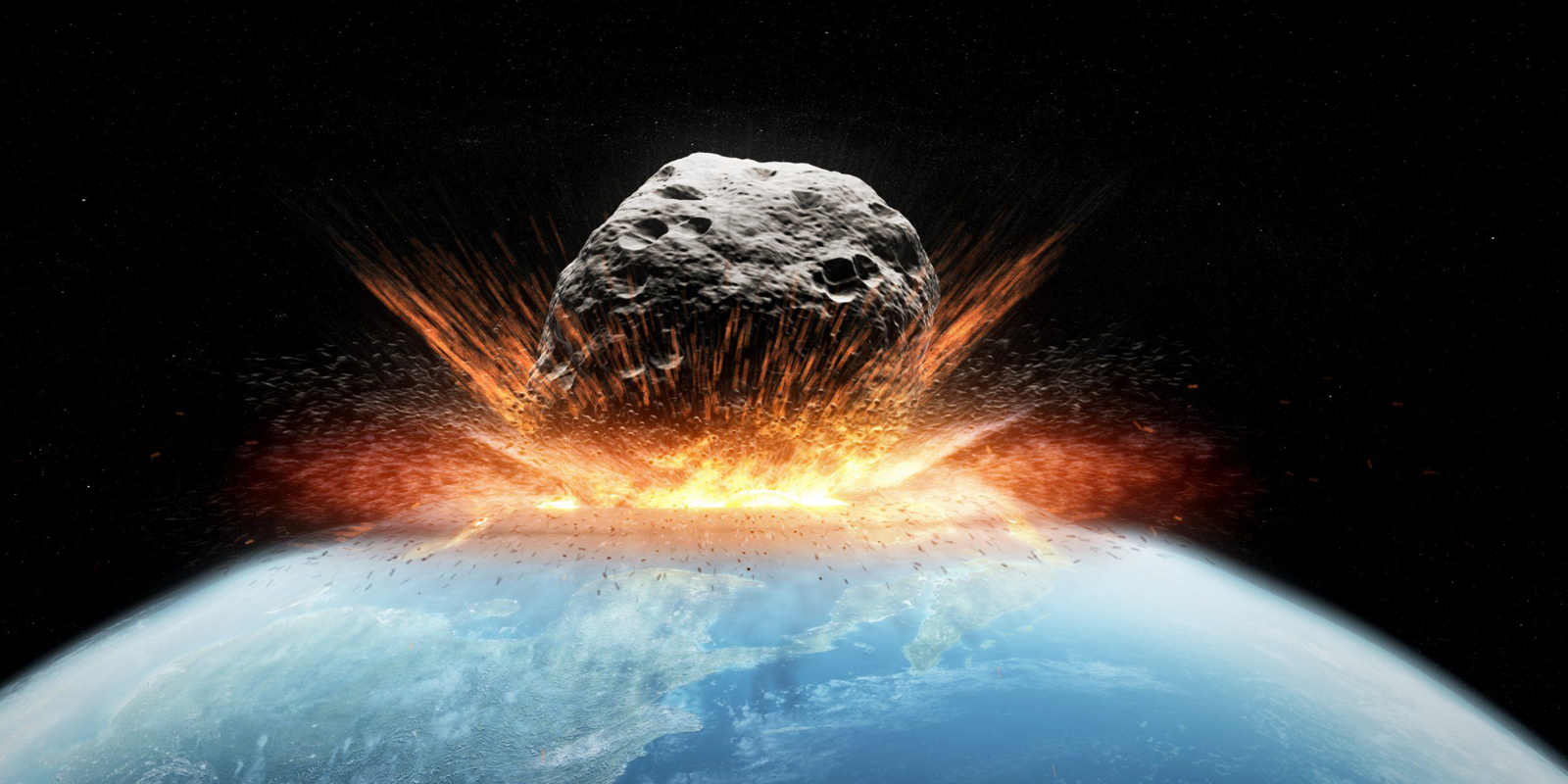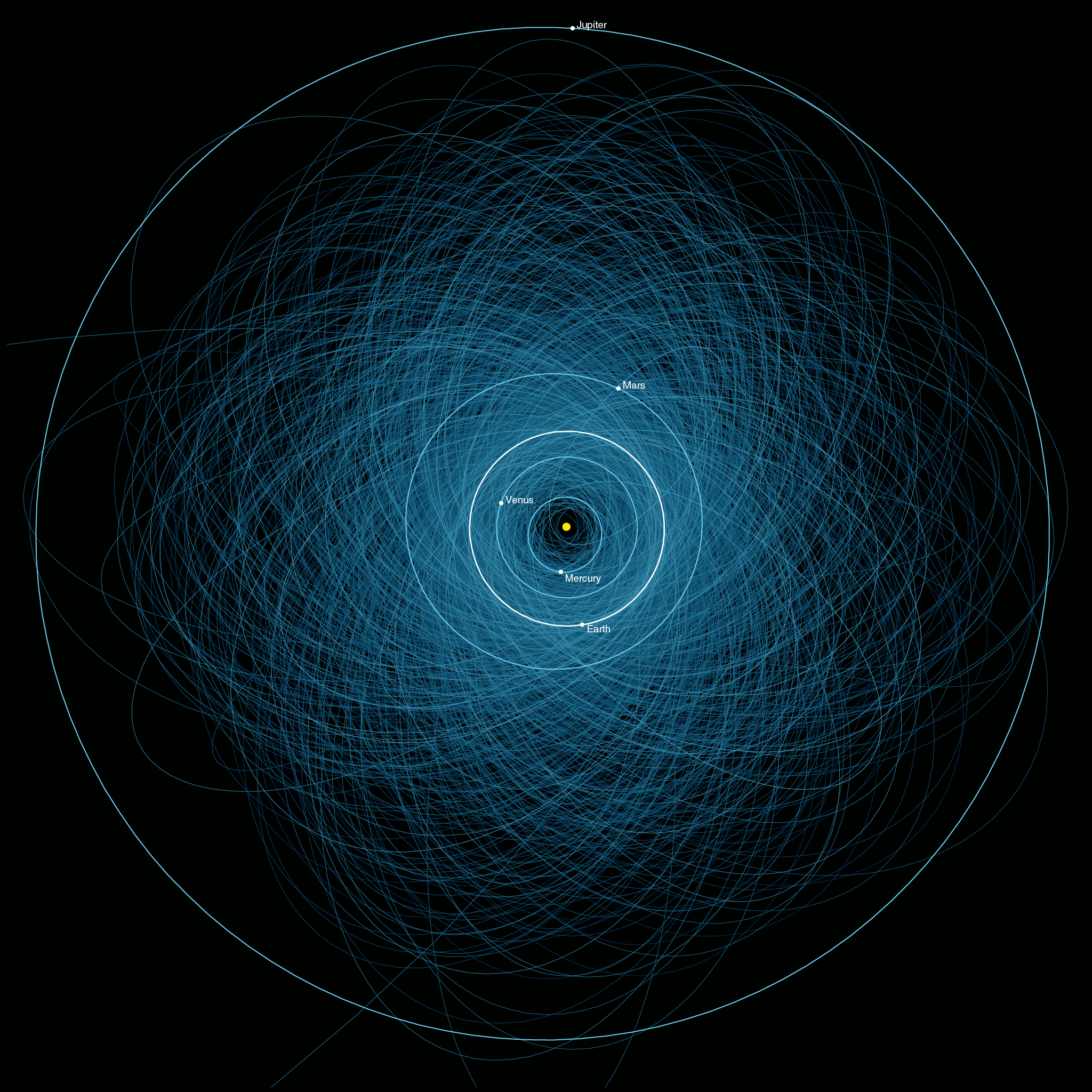

Not only does plant and animal life go extinct, so does human knowledge. Take, for example, the Antikythera Mechanism. This clock-like device has been dated nearly 1,000 years before clocks of any kind were invented. Created in approximately 87 BC, this was the world's first known analogue computer, designed computed the motions of the sun and moon, including lunar and solar eclipses. This discovery demonstrates certain unknown societies were far more advanced than we imagined. With no record of its author and origin, this advanced device sank into the sea, along with all its secrets.
Over a thousand years would pass before humankind would again be enlightened so as to re-invent clock-like mechanics. Who or what people invented this strange mechanism? Where did they go? What other secrets in time is the earth hiding?
Let's examine extinctions and what they teach us about the possible future of the human race. According to World Atlas, "Human activity is triggering a change in global climate which has increased species extinction to between 10 and 100 times faster than the norm. The evidence is pretty clear, we are headed toward the 6th mass extinction."
It seems that Earth likes to keep her secrets. Could evidence of advanced civilizations, more ancient than we ever imagined, be buried deep in the earth? While out of place artifacts remain a subject of controversy and hoaxes, certain discoveries remain unchallenged ... leaving scientists, anthropologists, and geologists confounded.
EXTINCTION FACTS
99% of all life that ever lived on earth has become extinct due to

How safe is Earth from an asteroid impact?
(2013) | 60 Minutes Archive
NASA says an asteroid came within about 1.2 million miles of the Earth's atmosphere on Tuesday afternoon. In 2013, Anderson Cooper reported on our ability to detect asteroids and comets that come close to Earth after another asteroid impacted the atmosphere over Russia.



Mysterious Warming & Cooling for Millions of Years

The Younger Dryas
The earth has left evidence of a mysterious global ice-age that wiped out many emerging civilizations almost 13,000 years ago.
Guest post by Don J. Easterbrook
Dept. of Geology, Western Washington University.
The Younger Dryas was a period of rapid cooling in the late Pleistocene 12,800 to 11,500 calendar years ago. It followed closely on the heels of a dramatically abrupt warming that brought the last Ice Age to a close (17,500 calendar years ago), lasted for about 1,300 years, then ended as abruptly as it started. The cause of these remarkably sudden climate changes has puzzled geologists and climatologists for decades and despite much effort to find the answer, can still only be considered enigmatic.
Temperature fluctuations over the past 17,000 years showing the abrupt cooling during the Younger Dryas. The late Pleistocene cold glacial climate that built immense ice sheets terminated suddenly about 14,500 years ago (1), causing glaciers to melt dramatically. About 12,800 years ago, after about 2000 years of fluctuating climate (2-4), temperatures plunged suddenly (5) and remained cool for 1300 years (6). About 11,500 years ago, the climate again warmed suddenly and the Younger Dryas ended (7).
The Younger Dryas interruption of the global warming that resulted in the abrupt, wholesale melting of the huge late Pleistocene ice sheets was first discovered in European pollen studies about 75 years ago. Terrestrial plants and pollen indicate that arboreal forests were replaced by tundra vegetation during a cool climate. This cool period was named after the pale yellow flower Dryas octopetella, an arctic wildflower typical of cold, open, Arctic environments. The Younger Dryas return to a cold, glacial climate was first considered to be a regional event restricted to Europe, but later studies have shown that it was a world-wide event. The problem became even more complicated when oxygen isotope data from ice cores in Antarctica and Greenland showed not only the Younger Dryas cooling, but several other shorter cooling/warming events, now known as Dansgaard-Oerscher events.
The Younger Dryas is the longest and coldest of several very abrupt climatic changes that took place near the end of the late Pleistocene. Among these abrupt changes in climate were: (1) sudden global warming 14,500 years ago (Fig. 1) that sent the immense Pleistocene ice sheets into rapid retreat, (2) several episodes of climatic warming and cooling between ~14,400 and 12,800 years ago, (3) sudden cooling 12,800 years ago at the beginning of the Younger Dryas, and (4) ~11,500 years ago, abrupt climatic warming of up to 10º C in just a few decades. Perhaps the most precise record of late Pleistocene climate changes is found in the ice core stratigraphy of the Greenland Ice Sheet Project (GISP) and the Greenland Ice Core Project (GRIP). The GRIP ice core is especially important because the ages of the ice at various levels in the core has been determined by the counting down of annual layers in the ice, giving a very accurate chronolgoy, and climatic fluctuations have been determined by measurement of oxygen isotope ratios. Isotope data from the GISP2 Greenland ice core suggests that Greenland was more than~10°C colder during the Younger Dryas and that the sudden warming of 10° ±4°C that ended the Younger Dryas occurred in only about 40 to 50. years.

Human Cataclysms
Younger Dryas & Ancient Civilizations
Correlation / Human Timeline / Geological / Meteorological

Potential Future Extinction Events
There are many potential extinction events but here are 4 worth considering.
Coronal Mass Ejection
A coronal mass ejection (CME) is a significant release of plasma
and accompanying magnetic field from the solar corona.
They often follow solar flares and are normally present during a solar prominence eruption. The plasma is released into the solar wind, and can be observed in coronagraph imagery.
Taurid Meteor Stream
30 Million kilometers wide
Each year, every June & November we pass through The Taurid Meteor Stream. Each passage takes the earth 12.5 days and is a popular event for astro-enthusiasts.
There may be up to 200 asteroids of over 1 kilometer in size, which has the capacity to create catastrophic impact on the earth.
Some astronomers consider this the greatest threat to our planet.
Supervolcano
The Yellowstone National Park is home to one of the largest known supervolcano’s on earth. Fortunately it is dormant. For now.
A series of supereruptions that began about 2.1 million years ago became parent to several Calderas in North America. Yellowstone’s Caldera was formed about 630,000 years ago; which in geological timescale was seconds ago.
In neighboring Utah, a geologist at Brigham Young University discovered what may be the world’s largest supervolcano ever recorded. This one dates back about 30 million years ago. Signs of this supervolcano are barely visible now, but deposits from that single eruption are 13,000 feet thick.
Supervolcanos can trigger extinction-level event not due to the explosion itself, but the millions of tons of fine ash that would enter the upper atmosphere and block out light from the sun. Earth would fall into another deep ice age the likes of which would kill all life on earth.
Watch this National Geographic video on Supervolcanoes.
Asteroids & Comets
In 1994 Comet Shoemaker Levy 9 collided with Jupiter. This impact had a calculated explosive power of 300 gigatons. By comparison, if you took every nuclear weapon on the earth today and detonated them at once, it would yield only 6.4 gigatons.
One gigaton is a unit of explosive force equal to one billion (109) tons of trinitrotoluene (TNT).
What’s remarkable about the Shoemaker Levy 9 comet was that it wasn’t particularly large or dense - yet had an explosive impact that left scars across the gas giant’s atmosphere for months.
Were an average comet the size of Shoemaker to collide with earth, we would return to conditions similar to the precambrian age.

Near Earth Objects
The earth is home to a
Sentry: Earth Impact Monitoring
NEOs are asteroids and comets with orbits that come within 28 million miles of Earth's path around the sun, and NASA has been studying them since the 1970s. NASA's NEO Observations Program, at NASA Headquarters in Washington, is responsible for the Agency’s efforts at finding, tracking, and characterizing NEOs. The agency’s Jet Propulsion Laboratory (JPL) in Pasadena, California, hosts the NEO Program Office for Headquarters.

Here’s a plot of near earth objects whose orbit trajectories cross ours. Learn more here.
Expired 2036 path of risk
99942 Apophis
99942 Apophis (/əˈpɒfɪs/, previously known by its provisional designation 2004 MN4) is a 370-meter diameter near-Earth asteroid that caused a brief period of concern in December 2004 because initial observations indicated a probability of up to 2.7% that it would hit Earth on April 13, 2029. Additional observations provided improved predictions that eliminated the possibility of an impact on Earth or the Moon in 2029. However, until 2006, a possibility remained that during the 2029 close encounter with Earth, Apophis would pass through a gravitational keyhole, a small region no more than about 0.5 mile wide, or 0.8 km[8][9] that would set up a future impact exactly seven years later on April 13, 2036. This possibility kept it at Level 1 on the Torino impact hazard scale until August 2006, when the probability that Apophis would pass through the keyhole was determined to be very small and Apophis' rating on the Torino scale was lowered to zero. By 2008, the keyhole had been determined to be less than 1 km wide.[8] During the short time when it had been of greatest concern, Apophis set the record for highest rating on the Torino scale, reaching level 4 on December 27, 2004.[10] In 2008, NASA reaffirmed the chance of Apophis impacting Earth in 2036 as being 1 in 45,000.
https://en.wikipedia.org/wiki/99942_Apophis
In 2008, the B612 Foundation made estimates of Apophis's path if a 2036 Earth impact were to occur, as part of an effort to develop viable deflection strategies.[60] The result was a narrow corridor a few kilometres wide, called the "path of risk", extending across southern Russia, across the north Pacific (relatively close to the coastlines of California and Mexico), then right between Nicaragua and Costa Rica, crossing northern Colombia and Venezuela, ending in the Atlantic, just before reaching Africa.[61] Using the computer simulation tool NEOSim, it was estimated that the hypothetical impact of Apophis in countries such as Colombia and Venezuela, which were in the path of risk, could have more than 10 million casualties.[62] However, the exact location of the impact would be known weeks or even months in advance, allowing any nearby inhabited areas to be completely evacuated and significantly decreasing the potential loss of life and property. A deep-water impact in the Atlantic or Pacific oceans would produce an incoherent short-range tsunami with a potential destructive radius (inundation height of >2 m) of roughly 1,000 kilometres (620 mi) for most of North America, Brazil and Africa, 3,000 kilometres (1,900 mi) for Japan and 4,500 kilometres (2,800 mi) for some areas in Hawaii.[63]

Anthropocene
The Anthropocene defines Earth's most recent geologic time period as being human-influenced, or anthropogenic, based on overwhelming global evidence that atmospheric, geologic, hydrologic, biospheric and other earth system processes are now altered by humans.
The word combines the root "anthropo", meaning "human" with the root "-cene", the standard suffix for "epoch" in geologic time.
The Anthropocene is distinguished as a new period either after or within the Holocene, the current epoch, which began approximately 10,000 years ago (about 8000 BC) with the end of the last glacial period.
Source: The Encyclopedia of Earth.

AAAAAAAAAAA
AAAAAAAAAAA
AAAAAAAAAAA
AAAAAAAAAAA










